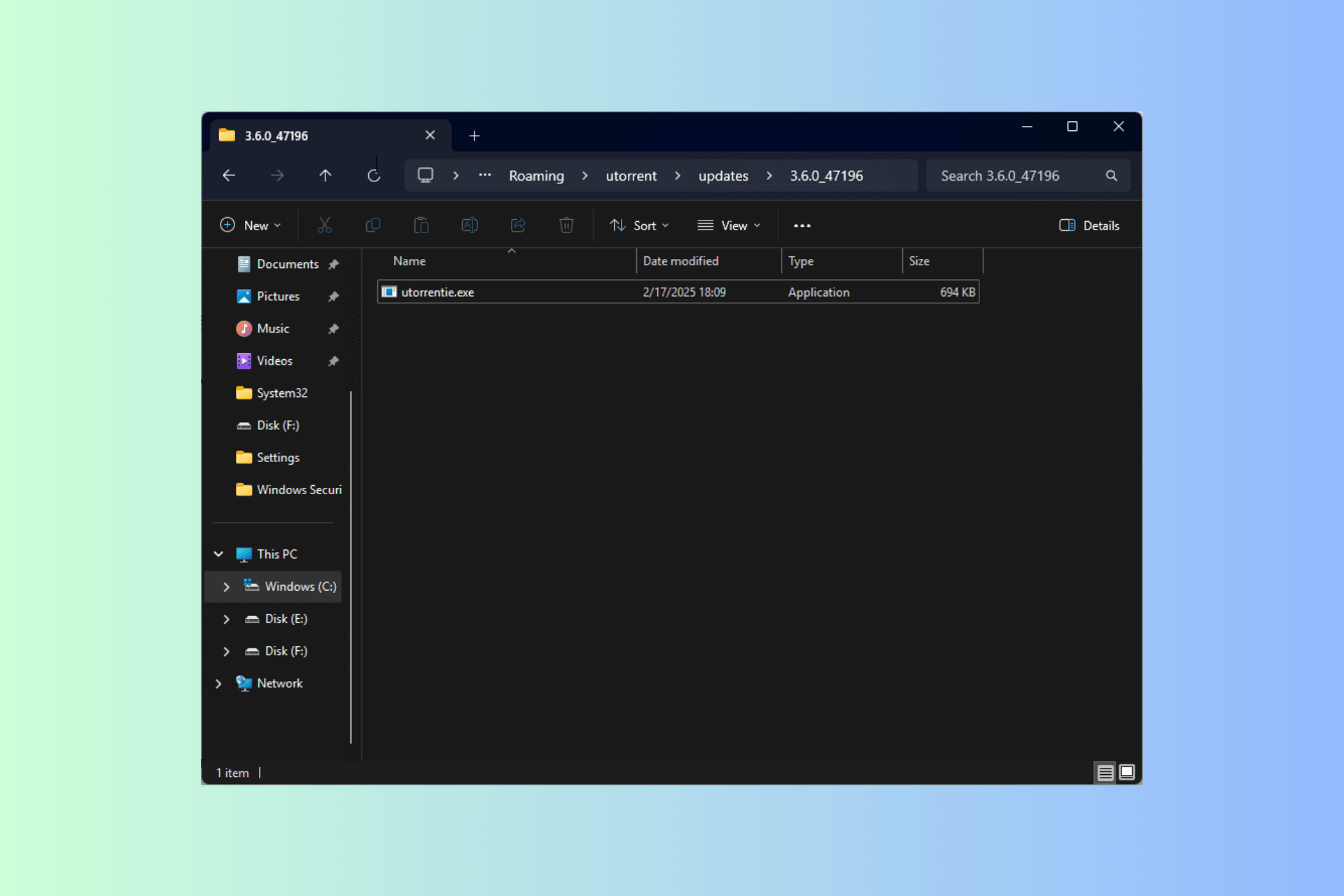What is Direct Memory Access: Benefits & Use Cases
This is an essential PC feature
3 min. read
Published on
Read our disclosure page to find out how can you help Windows Report sustain the editorial team. Read more

Direct Memory Access (DMA) is a crucial feature in computer systems that significantly enhances data transfer efficiency. If you’ve ever wondered how your system manages to handle large data transfers without bogging down the CPU, DMA is the answer. Let’s dive into the details of what DMA is and why it’s so important.
What is Direct Memory Access (DMA)?
What is meant by direct access memory?
Direct Memory Access (DMA) is a feature in computer systems that allows hardware subsystems to access the main system memory independently of the CPU.
It allows hardware devices like disk drive controllers, network cards, and sound cards to transfer data to and from memory without involving the CPU.
By using DMA, the CPU can perform other tasks while data transfers occur in the background, improving overall system efficiency.
How does DMA work?
- The CPU initializes the DMA controller by providing the data transfer parameters (e.g., source address, destination address, count of bytes).
- The DMA controller takes over the bus from the CPU and handles the data transfer directly between the device and the main memory.
- Once the data transfer is complete, the DMA controller sends an interrupt to the CPU to signal the completion.

What are the three types of direct memory access?
- Burst Mode – It transfers the entire block of data in one go, the CPU is inactive during the transfer.
- Cycle-Stealing Mode – The DMA controller transfers one byte of data per cycle while the CPU can perform tasks in between data transfers.
- Transparent Mode – Transfers data only when the CPU is not using the bus, thus maximizing system efficiency as the CPU continues executing instructions.
What are the different types of DMA controllers?
- Single-Ended DMA: Handles a single address for both reading and writing.
- Dual-Ended DMA: Can manage two addresses, one for reading and one for writing.
- Arbitrated-Ended DMA: Reads and writes to multiple addresses.
- Interleaved DMA: Reads from one address and writes to another.
When should I use DMA?
DMA should be used for slow tasks that rely on the CPU to communicate with memory or if the CPU can’t handle the rate of data transfer. Instead of handling the data, the CPU can focus on more important tasks.
How do I disable direct memory access?
Disabling DMA is not possible, since most modern hardware uses DMA daily.
What are the benefits of a DMA?
- Improved performance – Offloading data transfer to DMA frees up your CPU allowing it to focus on more important tasks. It will also lower the number of CPU cycles.
- Faster data transfer – DMA offers higher data transfer rates, which makes it a better option for video streaming, network communications and other tasks that need frequent data transfer.
- Lower power consumption – By freeing up the CPU to focus on other processes, the DMA reduces the overall power consumption of the device.
- Improved responsiveness – By using DMA for data transfer the system can respond faster to user input and other events thus making the whole system faster.
Understanding and implementing DMA can significantly boost your system’s performance, and we hope you found this guide informative.
To learn more about memory, we have a great guide on what is RAM, and an article on Windows 11 RAM limit, so don’t miss them.
If you’re looking to optimize your performance, we also have a guide that explains what happens if RAM is faster than CPU, so you might want to check it out.








User forum
0 messages